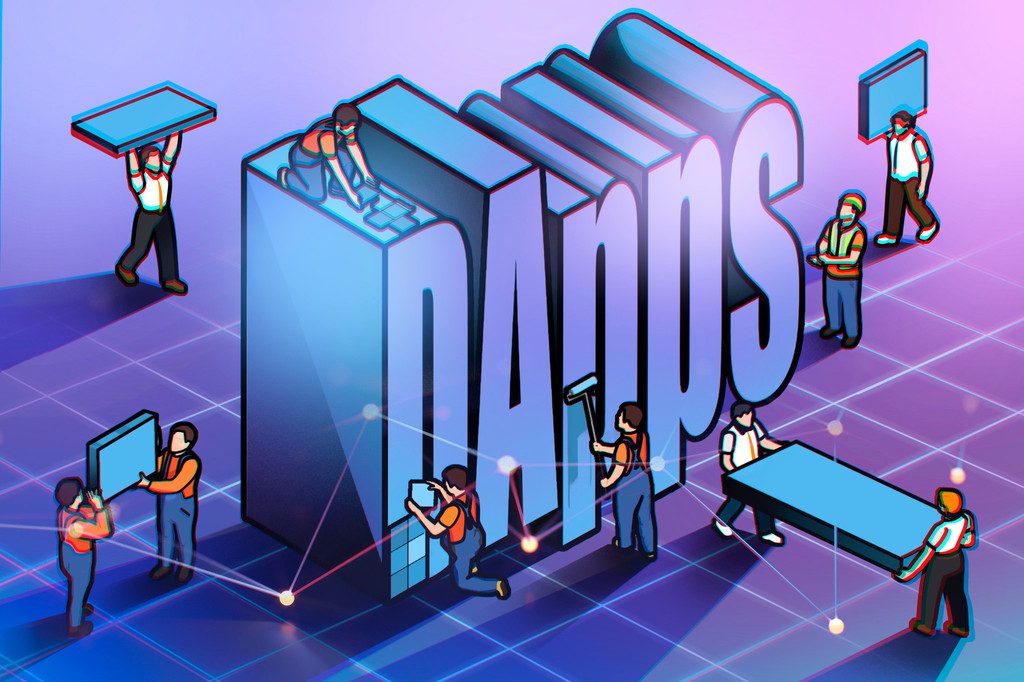Let’s examine the Polkadot network, for instance.
Polkadot (DOT) is a next-generation blockchain aiming for interoperability and building upon the concepts introduced by Ethereum. It is a blockchain protocol attempting to unite blockchain networks into one compatible environment.
The protocol is broken into two chain types: the main chain (also known as a relay chain) and parachains. Polkadot’s main chain is similar to other blockchain networks, providing transaction consensus and security. Parachains, however, are user-built chains that harness the power of the main chain and relay information to the main chain to ensure Polkadot has a consistent transaction history.
By providing security through the main chain and allowing for developer-powered parachains, Polkadot aims to offer all sorts of use cases without sacrificing scalability. Not only this, but such versatility will enable developers to build bridges or connections between blockchain networks, which, in turn, enables interoperability.
In this same vein, Polkadot also offers its own sort of virtual environment through Substrate.


